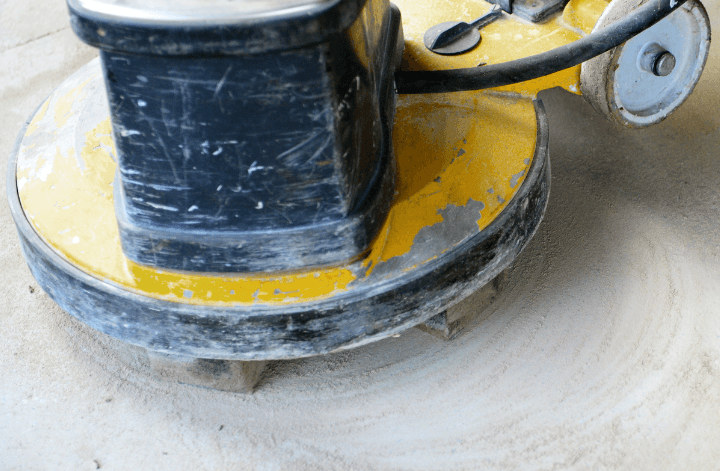Metal plating, the process of depositing a thin layer of one metal onto another, has become an integral part of our modern world. From decorative ornaments to high-tech electronic components, metal plating enhances the appearance, durability, and functionality of a wide range of products. Yet, this fascinating technique holds a rich and storied history that spans centuries. In this blog article, we embark on a journey through time to explore the origins, advancements, and significant milestones that have shaped the captivating history of metal plating.
1. The Birth of Metal Plating:
The roots of metal plating can be traced back to ancient civilizations. Historians believe that the Egyptians and Greeks were among the first to practice basic plating methods, using a combination of heat and manual hammering to apply thin gold and silver layers onto jewelry and artifacts. Over the years, these rudimentary techniques evolved, and the art of metal plating began to spread to other parts of the world.
2. Early Advancements:
During the Middle Ages, metal plating continued to develop, primarily driven by the increasing demand for beautifully adorned armor, weaponry, and religious artifacts. Skilled artisans employed more sophisticated methods, such as mercury amalgamation, to apply gold and silver plating with greater precision and durability. The Renaissance period witnessed further refinement of plating techniques, as craftsmen mastered the art of electrolysis – a pivotal step towards modern electroplating.
3. The Electroplating Revolution:
The 19th century ushered in a transformative era for metal plating with the advent of electrochemistry. In 1805, Italian chemist Luigi Brugnatelli first experimented with electroplating using gold. However, it was British scientist Michael Faraday’s groundbreaking work on electrolysis in the 1830s that laid the foundation for modern electroplating processes. Electroplating revolutionized the industry, enabling a more efficient and controlled deposition of metals on various substrates. This breakthrough opened up new possibilities for industrial applications and fueled advancements in manufacturing, electronics, and decorative arts.
4. Plating in Industrial Revolution and Beyond:
As the Industrial Revolution gained momentum, metal plating played a pivotal role in the mass production of consumer goods and machinery. Electroplating factories sprang up worldwide, catering to the demands of an expanding global market. The development of new plating solutions and the introduction of innovative equipment further accelerated the growth of the industry. Chrome plating, introduced in the early 20th century, gained popularity for its exceptional corrosion resistance, making it an essential coating for automotive and industrial components.

5. Modern Innovations and Environmental Concerns:
In the latter half of the 20th century, environmental concerns surrounding the use of toxic chemicals in plating processes led to increased research and development of eco-friendly alternatives. Innovations such as pulse and pulse-reverse plating techniques emerged, reducing waste and energy consumption while maintaining high-quality plating results. Moreover, the rise of “green” plating solutions has contributed to more sustainable practices in the industry.
Summary:
The history of metal plating is a remarkable journey of human ingenuity, from the ancient craftsmanship of the Egyptians to the cutting-edge innovations of the 21st century. Today, metal plating continues to play a critical role in diverse industries, combining artistry and technology to create stunning, functional, and enduring products. As we move forward, the focus on sustainability and eco-conscious practices promises to shape the future of metal plating, ensuring that this ancient art continues to shine brightly in the modern world.
